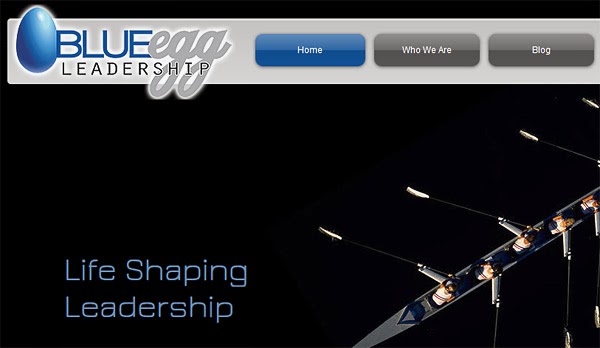by Dr. Denise
Trudeau Poskas
Organizations frequently find themselves debating the
depth and breadth of change that is needed to make and how those decisions must
be made. Change can be discussed in
decision making terms. All this change
requires decision making processes and a strategy to resolve issues, plan ahead
and implement proactive ways to embrace change. All too often this change is threatening to
organizations and thus meets with resistance, fear or denial. Change and change strategies requires opinions
and participation of many people at different levels of hierarchy. The decision-making process in an organization
should be structured and resolved in a formal, detailed, consistent, and
transparent manner.
(Image via Shutterstock.)
There are always external factors that stimulate the need
for strategy. World financial crises provoked by financial speculators
have made it clear that the practical and theoretical knowledge in economy or
finance are only the starting background to confront the market of financial
speculation (Shimizu, 2006).
Some
barriers to change come from problems such as the globalization of the world
economy, the need to manage the environment, combat poverty, etc., affect an
organization's choice of strategy.
Change tools can include strategic decision making
models. Simon (1997) stresses that the
solution to any decision problems in the business, scientific, or artistic
areas can be visualized in four stages:
- The perception of the need for a decision or an
opportunity.
- The formulation of action alternatives.
- The evaluation of the alternatives in terms of their
respective contributions.
- The choice of one or more activities to be carried out.
The authors also discuss that one can look at change
through analysis. Thus, in addition to
making the best decision about the strategy at the time, the company might also
like to know the other possible decision alternatives. The company could be content with a good
decision within its possibilities or, the second-best decision might
be more appropriate.
In addition, a decision about any one type of problem
requiring change can be differentiated by the
level of decision:
- Strategic
(usually, a decision for two to five years)
- Tactical
(decision for a few months up to two years)
- Operational
(a few days or a few months)
- Dispatching
(an "in loco" decision just for some hours)
Developing strategies in organizations requires the use
of wide and deep participation of organizational intelligence. Research on strategic organizational
decision-making seeks techniques for improving the intelligence of actions by
organizational decision-makers.
Changing a culture is a large-scale undertaking, and
eventually all of the organizational tools for changing minds will need to be
put in play. In general, the most
successful change strategy is to begin with leadership tools, including a vision or story of the future,
cement the change in place with management
tools, such as role definitions, measurement and control systems, and use the
pure power tools of
coercion and punishments as a last resort, when all else fails. For example, leaders can use tools such as
negotiating, decision making, and strategy for change. Managers have tools that can promote change
through incentives, control systems, policies and communication factors
(Shimizu, 2006).
As change is a whole systems approach, it is important
that organizations look carefully at creating a harmonic, effective and
strategic change.
References
Denning, S. (2011). How do you change an organizational culture? Forbes Magazine. Retrieved online at forbes.com.
Shimizu, T., Monteiro de Carvalho, M., & Laurindo, F. (2006). Strategic Alignment Process and Decision Support Systems: Theory and Case Studies. IGI Global. Retrieved from Books 24x7
 (Image via Shutterstock.)
(Image via Shutterstock.) 


